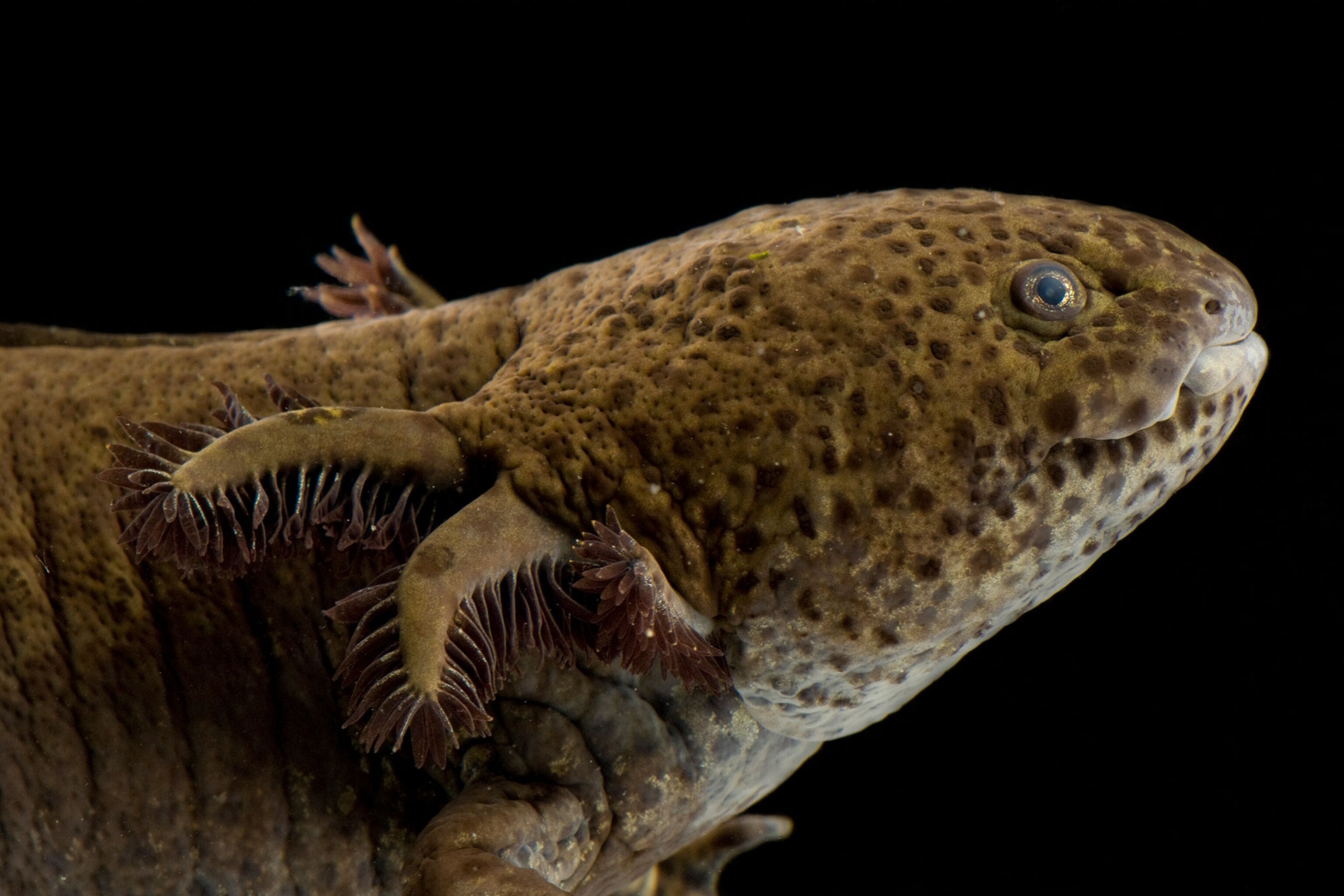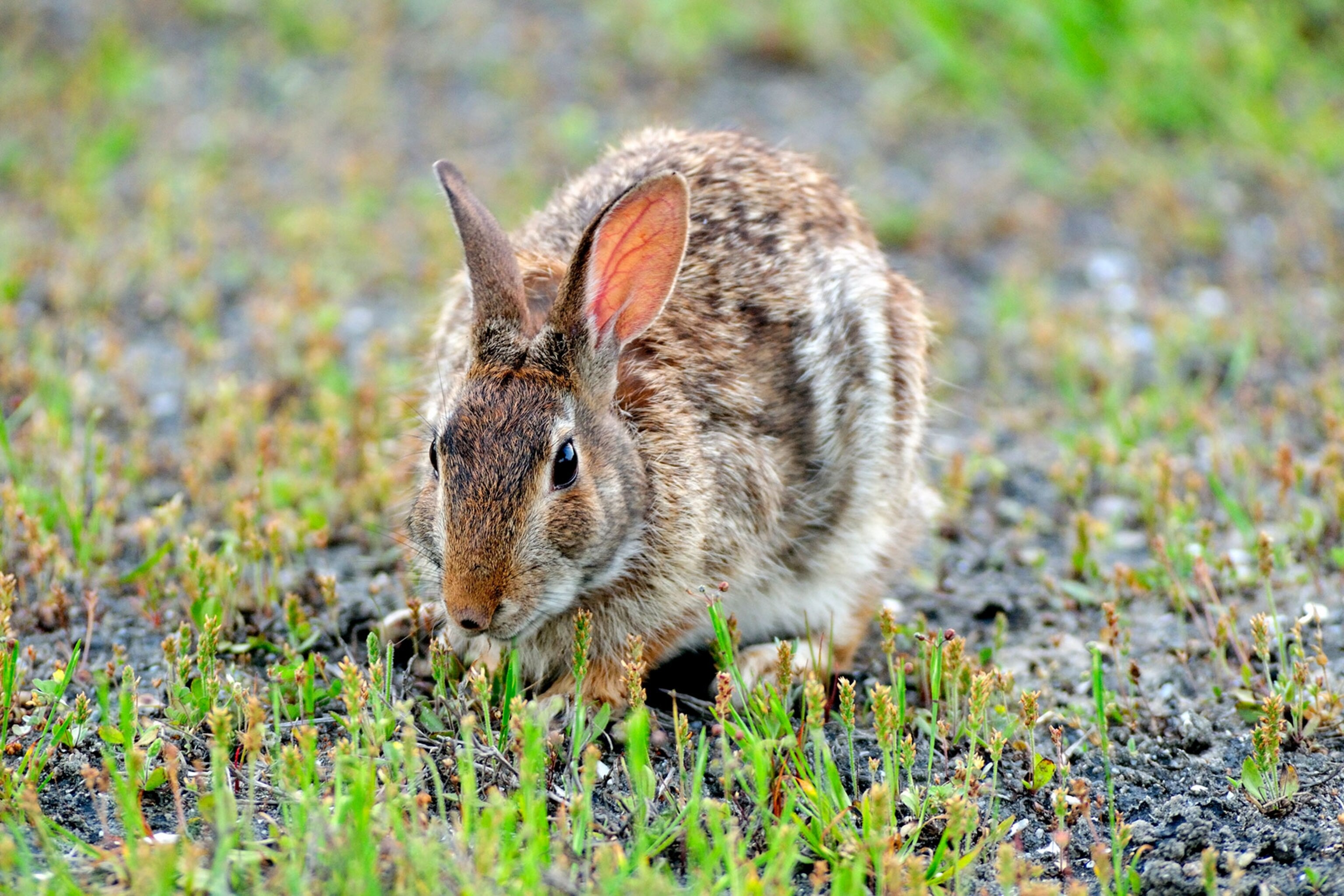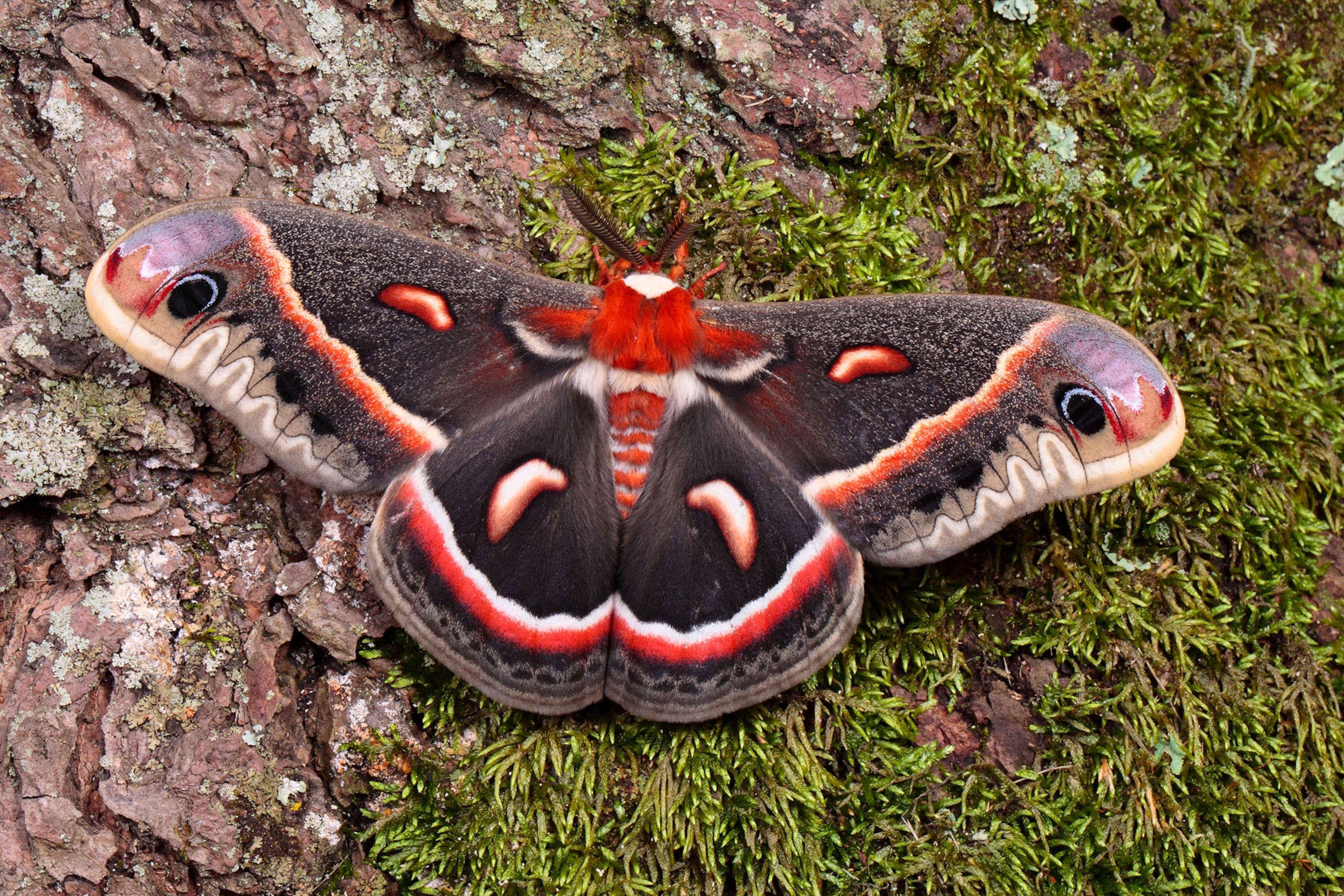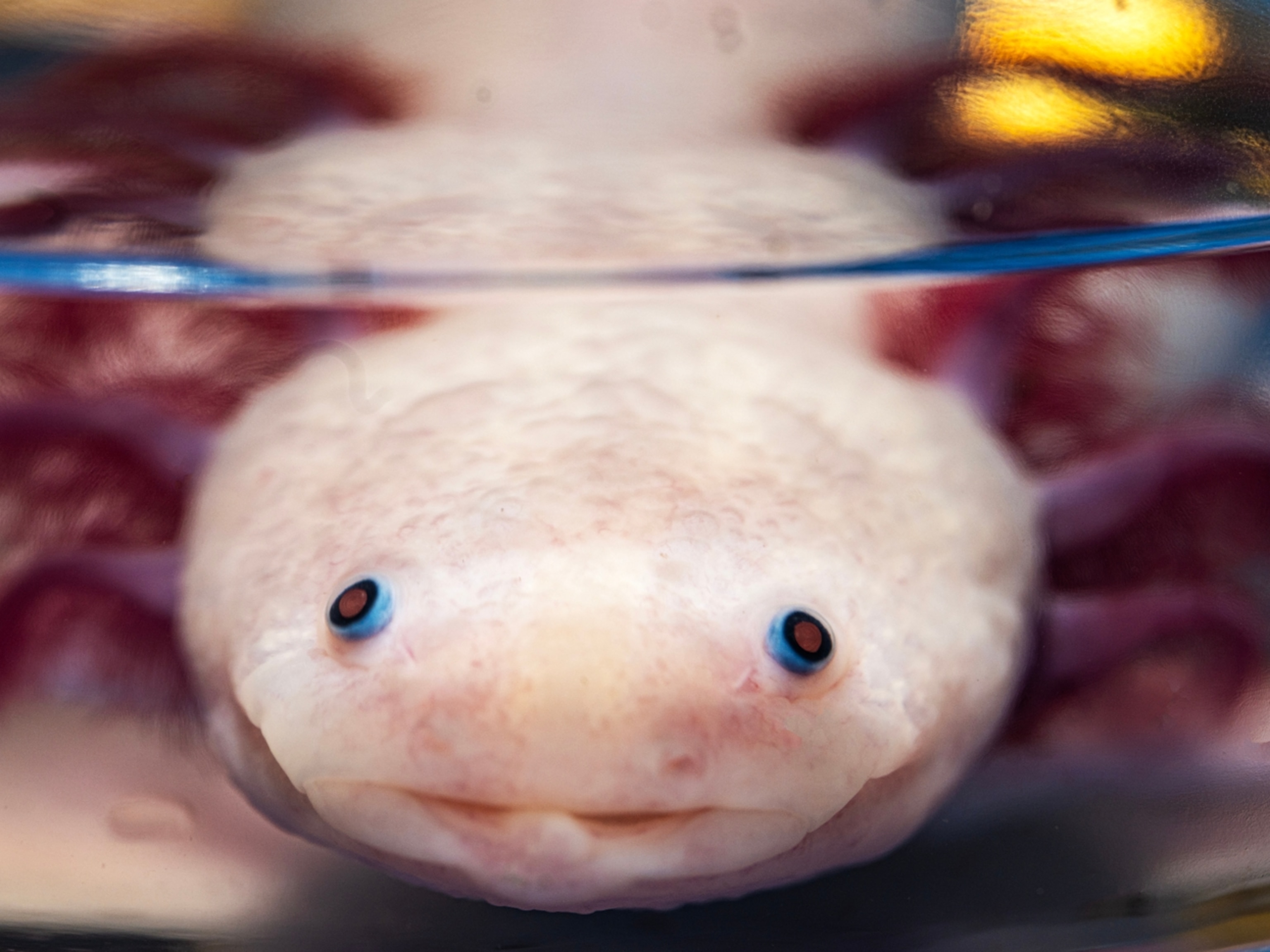
Meet the Bug That Is Born Pregnant
Many wild animals have babies extremely young.
We primates are a little slow on the sexual maturity scale—some of us reach 50 and still laugh at the word “penis.”
Joking aside, sexual maturity is the age at which an animal can reproduce, and many animals can do so surprisingly early in life. This week we investigated some especially precocious producers of young. (Read about babies that grow up without any parental help.)
Aphid
Aphids, tiny insects found the world over, are “essentially born pregnant,” says Ed Spevak, curator of invertebrates at the St. Louis Zoo.
Aphids reproduce asexually, producing “miniature replicas of themselves,” Spevak says, “kind of like Tribbles from the old Star Trek series.” (Related: "5 Gross and Amazing Ways Animals Deliver Sperm.")
When that happens, a newly hatched female has eggs already growing inside of her.
Aphids will also use sexual reproduction when their environment—say, the weather—becomes unpredictable. This ensures offspring are more genetically diverse, and thus healthier and more resilient.
Axolotl
The axolotl, Mexico’s adorable salamander, has a physical case of Peter Pan syndrome.

The amphibians stay in a larval stage their whole lives and breed by paedogenesis, which is the ability to “reproduce in the larval or subadult stages,” Spevak says. They can reproduce within six months to a year after birth.
Cabrera’s Hutia
"Some animals reach sexual maturity based on body size instead of age,” Rebecca Bearman, assistant curator of Birds and Program Animals at the Zoo Atlantam says by email.
For instance, with Cabrera’s hutia, an endangered Cuban rodent that looks a bit like a porcupine, females reach sexual maturity when they weigh exactly 0.74 pound, whereas males achieve it at 0.66 pound.
Common Mountain Viscacha
And sometimes age is relative.
The common mountain viscacha, a rodent native to western South America, “reaches sexual maturity at around seven months but only lives for two to three years,” Bearman says.
That would be like if we reached sexual maturity in our mid-30s.
Addax Antelope
Social or cultural factors may also discourage or suppress animals that can breed young from doing so—including humans.
The endangered Addax antelope, which occupies a small range of the Sahara Desert, “can breed at ten months of age, however most reproduction is most successful when they are three years of age or older,” says Spevak, who has studied the animals’ mating habits.
That's because dominant males establishing territories prevent younger males from breeding (though many manage to sneak in and do it anyway).

Cottontail Rabbit
Rabbits are famously prolific, and for good reason: Cottontails, common in North America, can start breeding at two months old, Steve Lukefahr, a biologist at Texas A&M, says by email.
Not only that, but their gestation is very brief—just one month, and then it's back in the saddle.
"Within 24 hours of giving birth, a doe can rebreed and again be pregnant," Lukefahr says.
Cecropia Moth
Many insects have a long childhood but an extremely short adult life. Cecropia moths of North America, for instance, spend two months as larvae but fewer than 10 days as big, beautiful grown-ups.
“The adults do not feed, as they do not have a complete digestive system," Spevak says—the only thing they’re doing is finding a mate. (Read about five animals that mate themselves to death.)

So their entire adulthood is kind of like spring break. Don’t tell their moms.
Have a question about the weird and wild world? Tweet me or find me on Facebook. Weird Animal Question of the Week answers your questions every Saturday.





